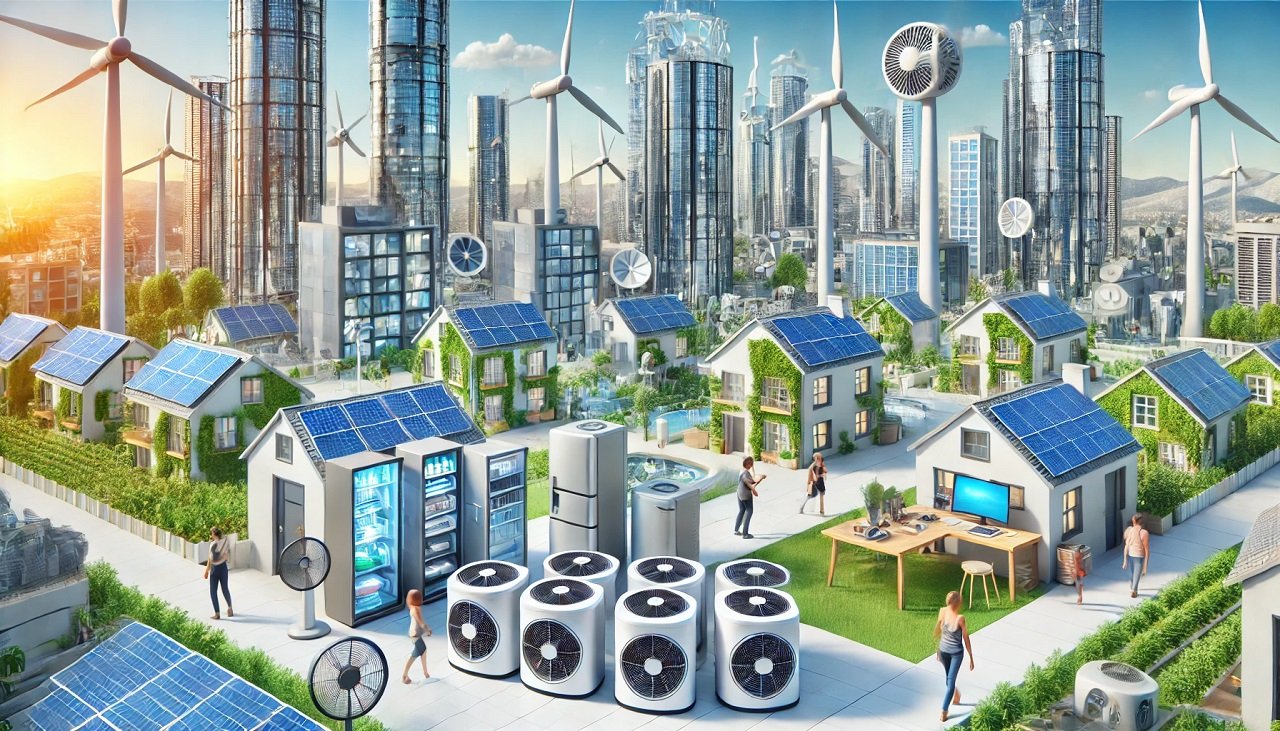According to the study, increasing the efficiency of fans, refrigerators, and room air conditioners could significantly lower lifecycle costs. By 2050, these efficiency improvements could reduce the total cost of ownership by 60% for air conditioners and refrigerators and 58% for fans. The report also estimates that consumers in the three countries could see $105 billion in annual net benefits by 2050.
Beyond cost savings, the study highlights potential social and environmental impacts. Expanding access to energy-efficient cooling could increase appliance ownership by 4-13 percentage points in the studied regions and help prevent more than 420,000 premature deaths by limiting heat-related health risks. Additionally, energy demand for these appliances could be cut by more than half compared to current projections.
To achieve these benefits, the study recommends several policy actions. Governments and industry stakeholders are urged to increase funding for research and development, introduce financial incentives, and implement bulk procurement schemes to promote efficient appliances. Other recommendations include reducing tariffs to make energy-efficient appliances more affordable and expanding decentralized energy solutions such as solar home systems and mini-grids to improve access for rural and low-income communities.
These findings underscore the role of energy efficiency in addressing cooling equity and supporting climate adaptation efforts while contributing to net-zero goals.
Download Report
